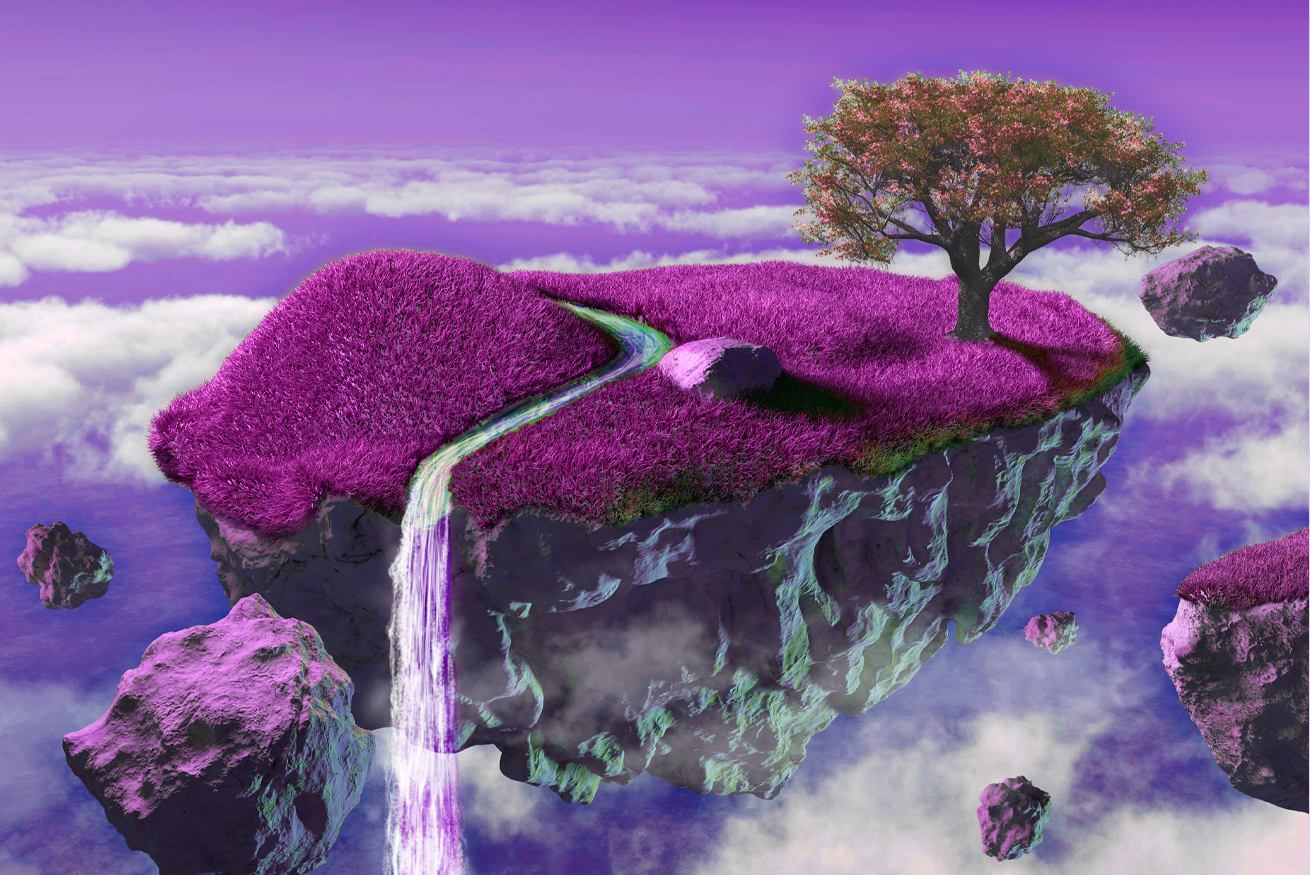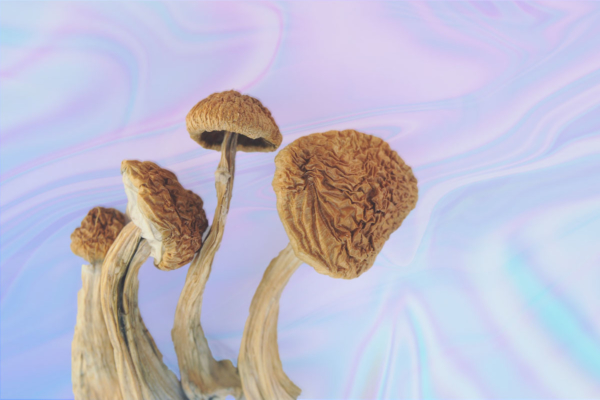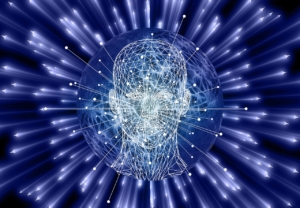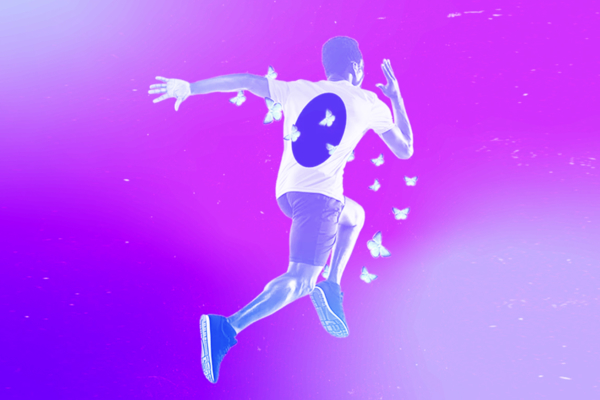
The field of psychedelic therapy has recently created new excitement about the possibility of using psychedelics to treat everything from depression and PTSD to substance abuse and eating disorders. But within the field there is an ongoing debate about the role of mystical-type experiences in the healing process. While some companies are actively exploring novel psychedelic compounds that produce no trippy or hallucinatory effects, recent research suggests that mystical experiences may be one of the best predictors of positive outcomes in psychedelic therapy.
In clinical terms, mystical experiences on psychedelics are often defined in terms of oceanic boundlessness, ego dissolution, and universal interconnectedness. These states are typically measured using a tool called the Mystical Experience Questionnaire (MEQ), a list of 30 questions developed to measure various mystical states experienced by psychedelic users. The questions track experiences like states of “pure being”, “reverence”, or “pure awareness”, as well as more fantastical features like “amazement”, “ineffability”, or “transcendence of time and space”.
Researchers in the psychedelic space have been studying mystical experiences since 1962 when Harvard Divinity student Walter Pahnke conducted his Good Friday Experiment. Volunteers were given either psilocybin or a placebo before attending a Good Friday mass at the Marsh Chapel in Boston. The volunteers who received psilocybin reported profound religious experiences of “a genuine mystical nature and characterized it as one of the high points of their spiritual life.” Pahnke’s Good Friday Experiment opened the door for the scientific research of mystical experience, leading to the creation of the first version of the MEQ, the Mystical Experience Questionnaire still in use today.
Do Mystical Experiences Improve Outcomes in Psychedelic Therapy?
Although the research in this area is still ongoing, many recent studies have indicated that the mystical experience is one of the best predictors of positive outcomes in psychedelic therapy. In one recent study, 28 volunteers were given psilocybin and then were asked to fill out the MEQ, and 3 months later were assessed using a method called the Persisting Effects Questionnaire (PEQ). According to the results, “we show that the MEQ total score is positively associated with the later emergence of positive PEQ effects. Moreover, the MEQ subscales ‘Positive Mood’ and ‘Mysticality’ are associated with positive PEQ whereas the subscales ‘Transcendence of Time and Space’ and ‘Ineffability’ are not.” In other words, some mystical experiences may be more beneficial to positive outcomes than others, and those beneficial experiences are more often associated with peaceful feelings and less often associated with anxiety and disorientation.
Another recent review of mystical experiences in psychedelic therapy examined the results of 12 studies using psilocybin, ayahuasca, or ketamine in psychedelic therapy, and reported similar results. Overall, mystical experience was found to be a primary indicator of positive outcomes, but not all mystical experiences are created equal. According to the review, “If mystical experience predicts the therapeutic outcome, it is then important to factor in the elements that affect the phenomenon. While mystical experience generally yields positive responses, acute anxiety which can be induced by psychedelics, including dread of ego dissolution, was demonstrated to compromise outcome in trials of psilocybin and ketamine.”
How Can We Tell if an Experience is Mystical?
Mystical experiences may play a large role in psychedelic therapy, but some researchers may find the ‘mystical’ label to be too ambiguous. According to Manesh Girn, a Neuroscience PhD candidate at McGill University, “We have to understand that many of the experiences we label as mystical and that are rated within the MEQ or 5D-ASC may not be inherently ‘mystical’, and these questionnaires (or prior knowledge of them) may bias one’s psychedelic experience and interpretation thereof. Can we have feelings of connectedness with self, other, and world, without construing it as ‘mystical’ or ‘spiritual’? These questions and others are important in determining what exactly a mystical experience is or isn’t.”
Girn goes on to say, “It’s important to note that classic psychedelics likely induce their positive effects through a diverse set of mechanisms —of which mystical experience is just one. Other mechanisms include, for example, boosted neuroplasticity, reduced inflammation, receptor down-regulation, psychological insight, and emotional breakthroughs. We often speak of mystical experience as if it’s one unified thing that can occur or not, but that seems to be far from the truth.”
How Do We Maximize the Positive Benefits of Mystical Experience In Psychedelic Psychotherapy?
Even though the sample sizes in most of these studies is very small, what is becoming clear through research is that not every mystical experience under the influence of psychedelics can be considered beneficial or positive. States of openness, interconnectedness, and oceanic boundlessness appear to predict lasting positive outcomes, being primarily associated with “experience of unity”, “spiritual experience”, “blissful state”, and “insightfulness.” But other states such as ego dissolution, near death experiences, and transcendence of time and space can be associated with depersonalization, derealization, disorientation, and anxiety.
One specific mystical experience associated with negative outcomes is “dread of ego dissolution”, or DED. According to the review, “DED was significantly higher among those who did not respond to treatment, specifically the subdimensions of ‘negative derealization’, ‘reduced self-control’, and ‘reduced body control’.” This finding is quite interesting considering that in a 2018 study of ayahuasca drinkers, researchers found that ego dissolution was associated with long term positive outcomes. These contrasting results indicate that each subject can have a very different reaction to states of ego dissolution, with some people viewing it as positive and some people viewing it with dread.
As with any psychedelic experience, the goal of psychedelic therapy is to minimize negative outcomes due to patient anxiety or dread. Because of this, the review states: “For optimal results, it is therefore important to establish an environment (or ‘set and setting’) in which subjects’ anxiety could be minimized; for example, pre-treatment therapy could include relaxation and mindfulness techniques as well as therapeutic rapport establishment.”
Although it is still unclear which techniques are best for setting patient mood before treatment, this is a robust area of exploration that will be studied closely in the years to come. The end goal, of course, is to develop a protocol that will maximize positive mystical experiences and minimize negative experiences, and those protocols may be very different for patients with anxiety as opposed to patients with depression or PTSD. And even though we have been studying mystical states for the past 50 years, we are only starting to scratch the surface of their long term significance.





